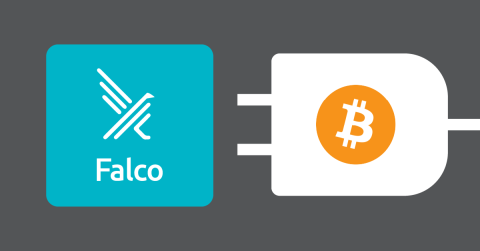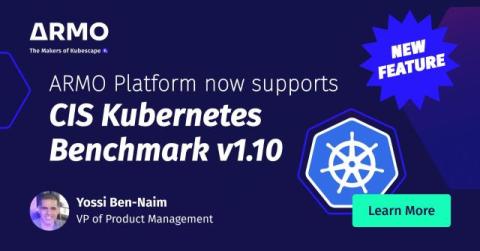Inline response actions: Streamlining incident response in the cloud
Threat response is a cornerstone of cloud security, but its roots lie in the early days of antivirus software. Back then, responding to threats was fairly linear and straightforward — stop the malicious process, quarantine it, remove or delete if necessary, and move on. However, modern cloud environments have revolutionized how threats operate, making it clear just how much the game has changed.











